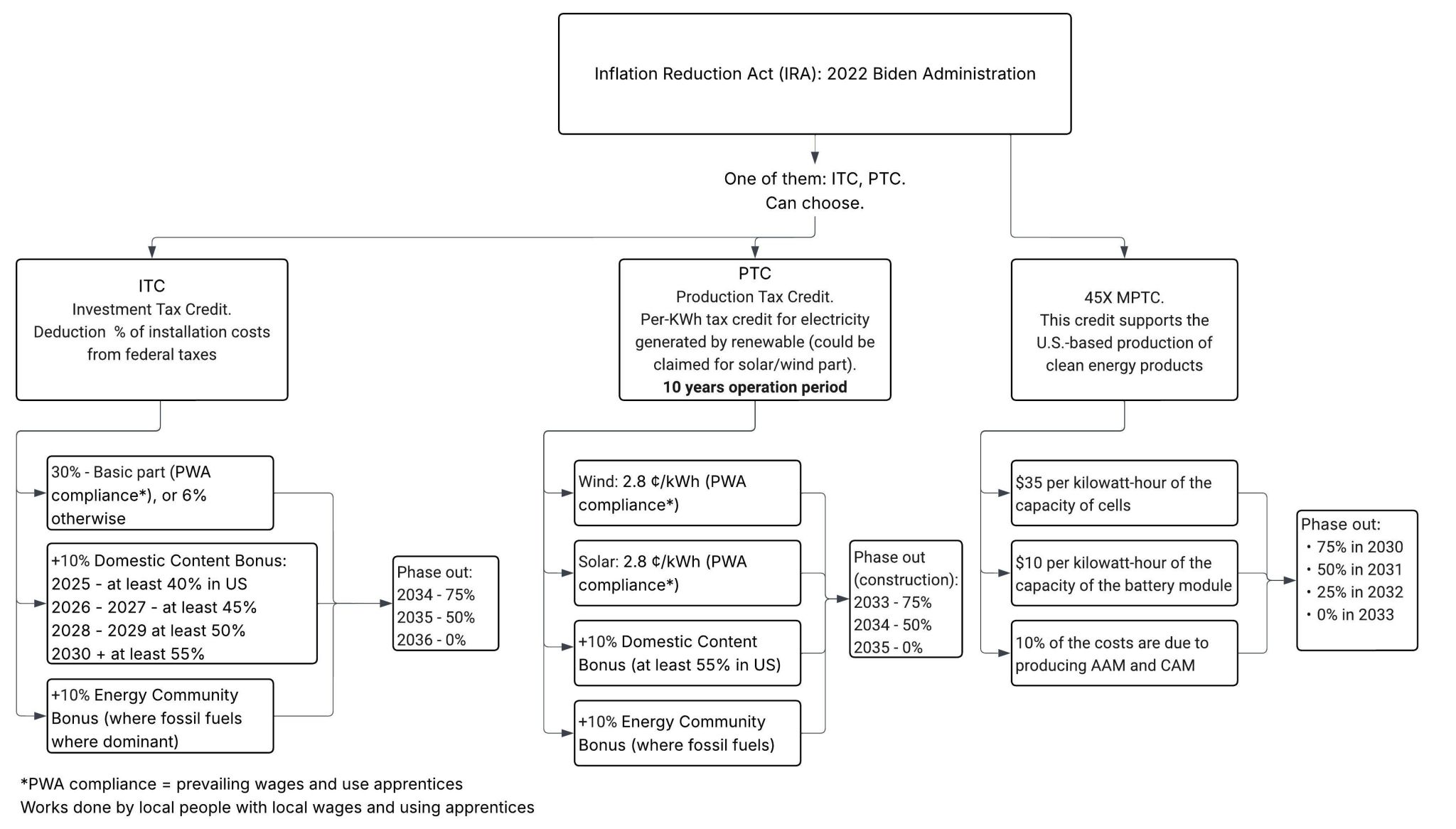Concepts of leading and lagging indicators are critical aspects that distinguish top-performing companies from the rest. It plays an important role in shaping a company's pricing and revenue strategy by providing insights into past performance and predicting future trends. Let's examine what these indicators mean and their significance in product management.
Lagging Indicators: These indicators provide insights after an event or trend has started. They confirm existing patterns and trends, offering reliable and straightforward evidence.
For instance, if you're a product manager for a CD manufacturer and notice a decline in sales, this lagging indicator signals a potential issue with your product or market.
Leading Indicators: In contrast, leading indicators forecast future directions and potential challenges that may arise from market changes.They help anticipate future trends before they happen.
For example, as a product manager for a CD disk manufacturer, if you observe a rapid increase in music/video streaming service subscriptions, you can predict a potential decline in CD sales and strategize accordingly.
Why This Matters for Product Managers:
These indicators are crucial for product managers and executives to make well-informed decisions. While leading indicators can help proactively adjust strategies, they are not always accurate and can lead to misleading signals. Conversely, lagging indicators are more reliable but only offer insights after the fact, and sometimes it's too late to adapt.
The Critical Role of Talent in Interpreting Indicators:
The ability to interpret these indicators requires advanced critical thinking and an understanding of the broader context of the market and influencing factors. This is where the quality of your team is not equal to quantity. Having multiple product managers who fail to interpret market trends effectively can result in developing products that no longer meet market needs.Conversely, having even one product manager who can identify and act on these trends can save a company from a gradual decline.
We can see this in the cases of Nokia and other legacy companies that have failed to adapt.
Challenge:
Having the right talent is critical, but many companies don't have exact strategies to get the right talent (even if they say so), and thatis precisely why start-ups often have much better chances to succeed with less resources than old-fashioned companies.
P.S. Why I wrote about this topic: I will use it together with many other posts/reposts I am making to show exciting trends and where we are going with our green revolution. Stay tuned.





